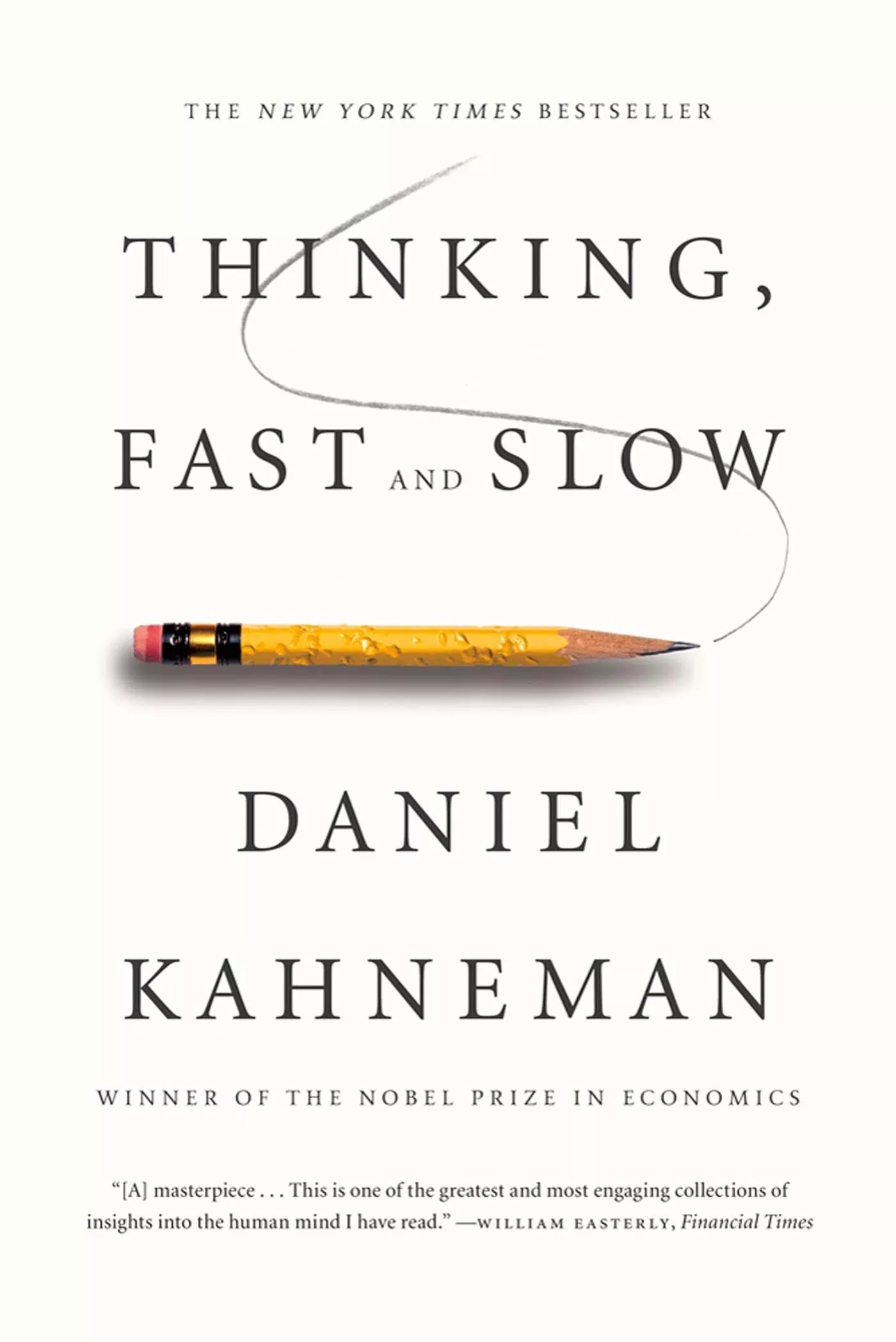“Thinking, Fast and Slow” by Daniel Kahneman is a groundbreaking book that explores how our minds work and the various cognitive biases that influence our decision-making processes. Here are the top 5 lessons and 5 practical action steps that I took away from this book.
Top 5 Lessons
Here are the top five lessons from the book:
Lesson 1: We have two systems of thinking.
Kahneman explains that our minds operate in two systems: one is fast and automatic, while the other is slow and deliberate. Understanding how these systems work can help us make better decisions.
Lesson 2: Our minds are influenced by cognitive biases.
The author discusses various cognitive biases that influence our thinking and decision-making processes. By becoming aware of these biases, we can learn to overcome them and make better decisions.
Lesson 3: Emotions play a significant role in our decision-making.
Kahneman emphasizes the role of emotions in decision-making and how they can sometimes cloud our judgment. By learning to recognize and manage our emotions, we can make better decisions.
Lesson 4: The availability heuristic can lead to inaccurate judgments.
The availability heuristic is the tendency to judge the likelihood of an event based on how easily it comes to mind. This can lead to inaccurate judgments, and it’s essential to be aware of this bias.
Lesson 5: We tend to overvalue our own experiences.
Kahneman explains that we tend to overvalue our own experiences and rely too much on our intuition. By learning to take a more objective view, we can make better decisions.
Top 5 Action Steps
Here are five action steps you can apply to improve your decision-making:
Action Step 1: Slow down and think.
Take the time to slow down and think things through before making a decision. This can help you avoid making hasty decisions that you may later regret.
Action Step 2: Seek out diverse perspectives.
Make an effort to seek out diverse perspectives and opinions when making decisions. This can help you see things from different angles and make more informed decisions.
Action Step 3: Keep a decision journal.
Keep a journal to track your decision-making processes and reflect on what you could have done differently. This can help you learn from your mistakes and make better decisions in the future.
Action Step 4: Use checklists.
Use checklists to ensure that you consider all the relevant information when making decisions. This can help you avoid overlooking important details and making mistakes.
Action Step 5: Practice mindfulness.
Practice mindfulness to become more aware of your emotions and learn to manage them effectively. This can help you make more rational decisions and avoid being swayed by your emotions.
In conclusion, “Thinking, Fast and Slow” is an insightful book that can help readers better understand their own thought processes and improve their decision-making skills. By becoming aware of cognitive biases and learning to manage our emotions, we can make better decisions and lead more fulfilling lives.
